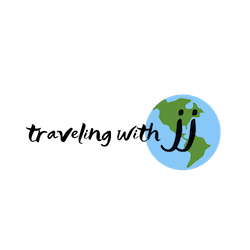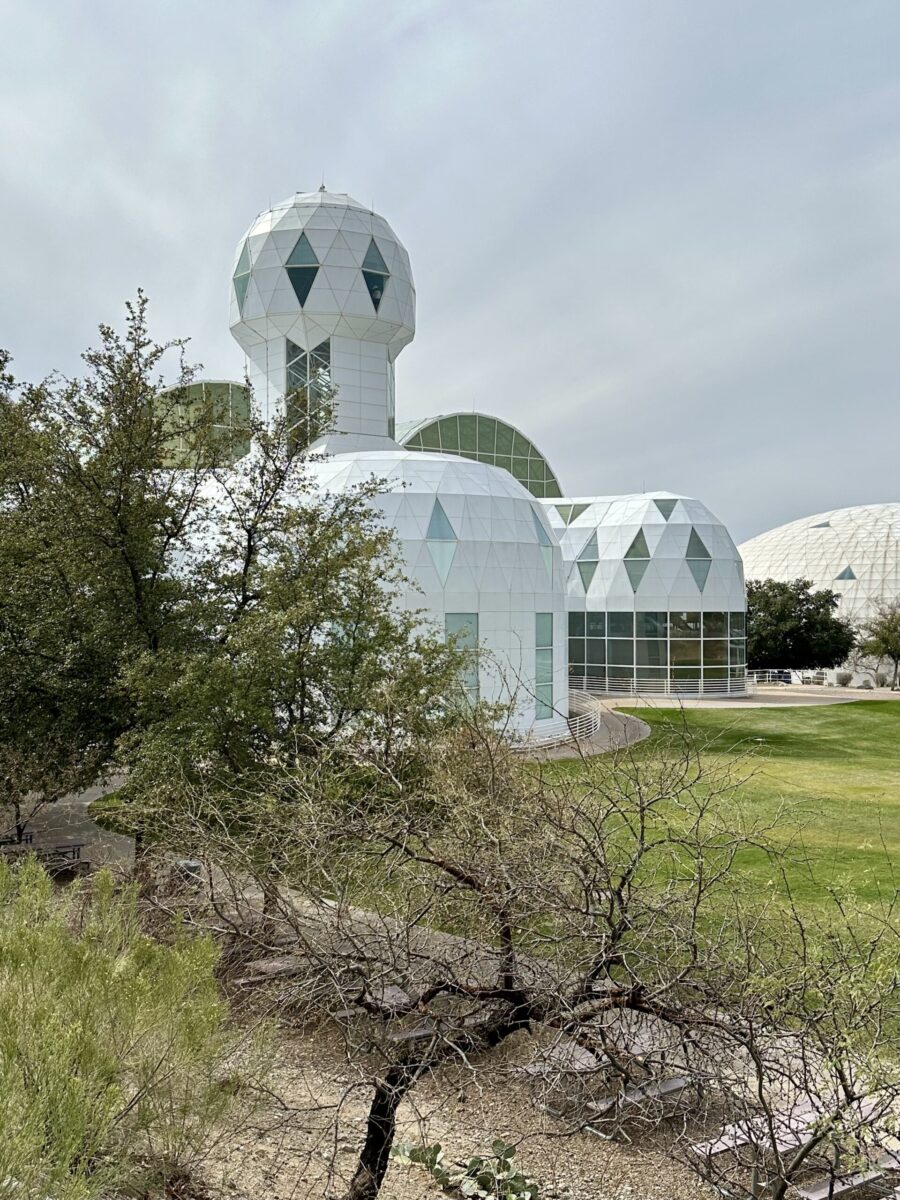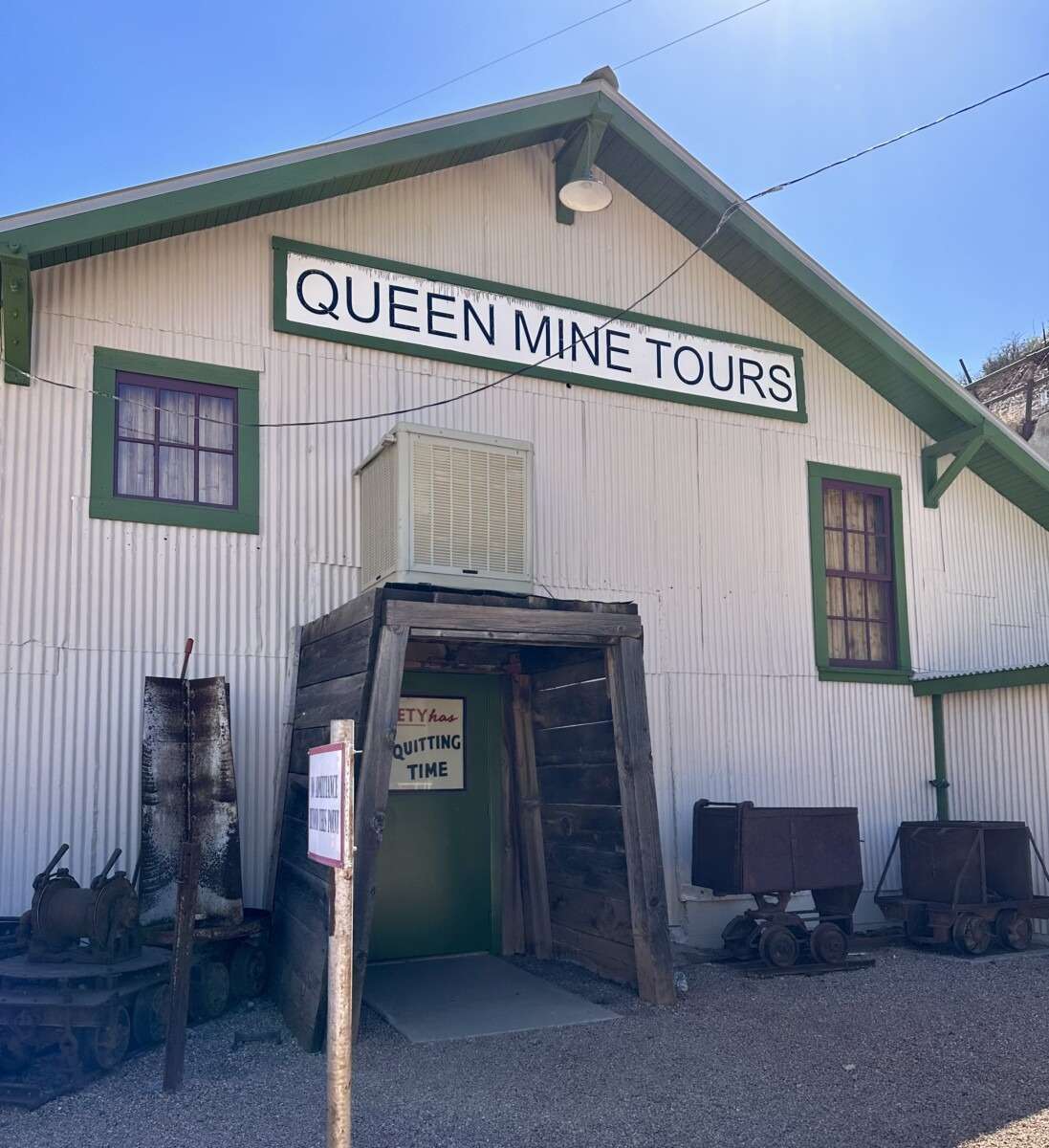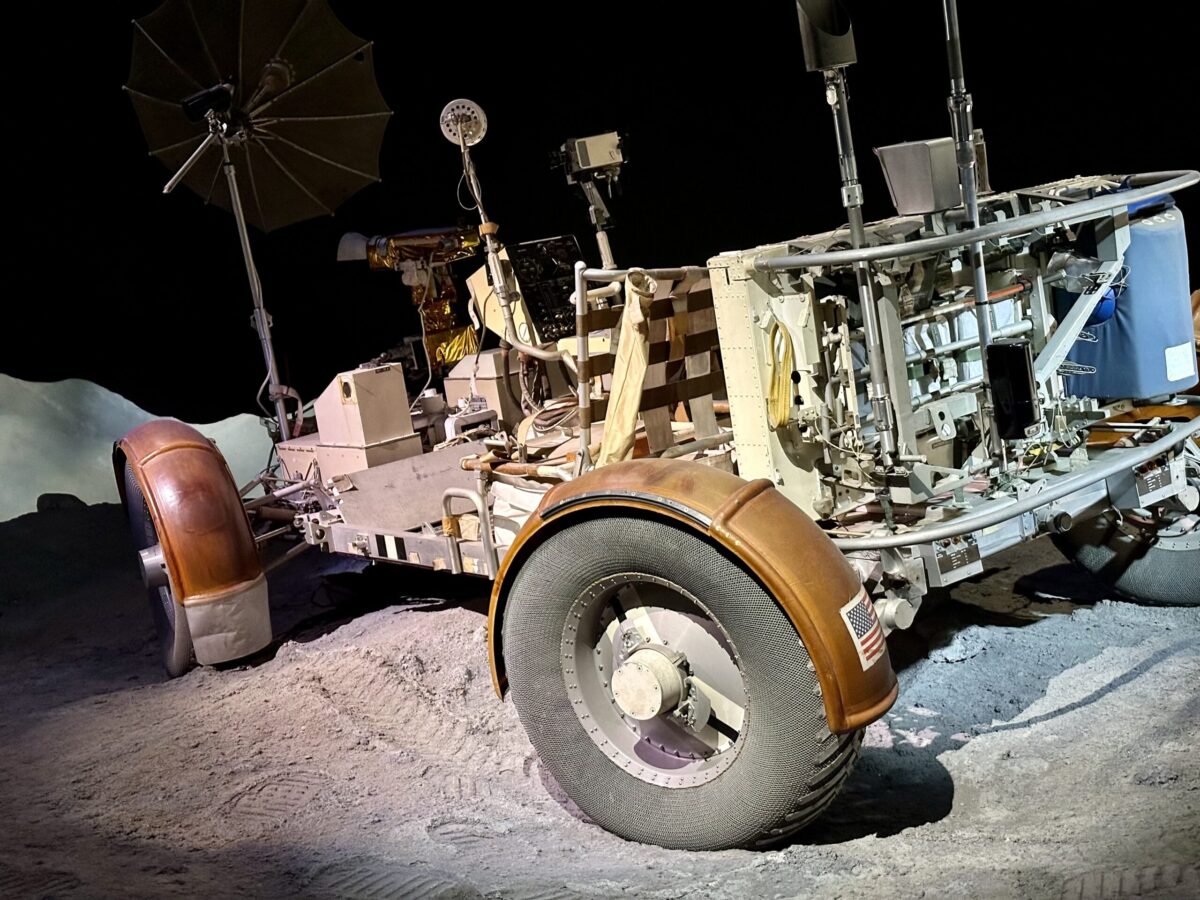We finally made it to Maine! We’ve been to New England so many times and never seem to make it all the way up here.

To really get the essence of this state we drove in along the northern border of New Hampshire and Maine. Then we went even further north towards Mt. Katahdin. “Mount Katahdin (/kəˈtɑːdɪn/ kə-TAH-din) is the highest mountain in the U.S. state of Maine at 5,269 feet (1,606 m). Named Katahdin, which means “The Greatest Mountain”, by the Penobscot Native Americans…” – Wikipedia

There is a National Park site up here, Katahdin Woods and Waters National Monument, however, there wasn’t an open visitor center nearby. We met another couple who tried to drive into the park and they said the road was really bad due to a recent storm and they had to turn around after only 2 miles.
In this part of the country they post signs for moose crossings instead of deer crossings. We kept our eyes wide open but never did see any.

There weren’t a lot of campgrounds up here, mostly just woods. However, this was a nice spot for us to stay near Medway. The owner lives on the property during the summer season and heads south in the winter.


There were quite a few seasonal campers at this campground. We saw many stacking up their campfire wood between two trees. We found this to be a pretty common sight up along the Canadian border.

This far north the weather was cooling off at night and we began to see a hint of fall color in the trees, even though it was only the end of August and still the dog days of summer everywhere else.

On the East coast, just like in the West, Highway 1 runs North-South along the whole coast. Here in the East it goes from Maine all the way down to Key West, Florida. We drove out to Hwy 1 about halfway up the eastern side of Maine and made the turn to begin our long drive southward to Florida.

“Saint Croix Island (French: Île Sainte-Croix), long known to locals as Dochet Island, is a small uninhabited island in Maine near the mouth of the Saint Croix River that forms part of the Canada–United States border separating Maine from New Brunswick.” – Wikipedia
“The Beginning of a Permanent European Presence in Northern North America – The winter of 1604-1605 on Saint Croix Island was a cruel one for Pierre Dugua’s French expedition. Iced in by freezing temperatures and cut off from fresh water and game, 35 of 79 men died. As spring arrived and native people traded game for bread, the health of those remaining improved. Although the expedition moved on by summer, the beginning of French presence in North America had begun.” – National Park Service

In parts of Maine signs are in both English and French, which makes sense given how close we are to the Canadian border where French is spoken.

Even though the Visitor Center was not open we were able to do a short walk along the water to see St. Croix Island. And we were able to read about some of the history on the signs along the way.

The water was beautiful to look at but a bit chilly to touch, according to Joel. St. Croix Island can be seen across the river from here.

More fall color peeking through.

It was such a strange contrast, fall color on one side of the walkway and a field of summer wildflowers on the other.

About an hour south along Highway 1 is the small town of Lubec. This is the easternmost town in the U.S. Arriving here completed one of the unwritten items we had on our bucket list – to visit the four “corners” of the lower 48 states. We have been to Cape Flattery, WA, the furthest point in the northwest (here is a link to the blog post we wrote about that trip), the southeastern most point in Key West, FL, and the southwestern most point along the San Diego/Tijuana border.

We stayed at Sunset Point, the easternmost campground in the U.S. It was a very nice campground and came with an interesting “perk” we haven’t seen at any other campgrounds. They have on the back of their map of the campground a note: “You may sign up in the office for a lobster set-up which includes, pot, burner and propane tank to cook your own lobsters, clams or crabs at your site”.

Our site backed up to a bay with wonderful sunset views, hence the name of the campground.

When we first pulled in we saw the hillside behind the office full of birds. They were very mellow and just hanging out sunning themselves in the afternoon sun.

While the town of Lubec is the easternmost town, there is a small peninsula that extends further east. And a lighthouse at the easternmost point on this peninsula.
“Quoddy Head State Park encompasses 541 acres at the tip of America’s easternmost peninsula, offering opportunities to visit an historic lighthouse, picnic and hike up to 5 miles of scenic trails. From the candy-striped West Quoddy Head Light, Maine’s easternmost lighthouse, visitors can look out over Quoddy Channel (which divides the U.S. and Canada) to the towering red cliffs of Grand Manan Island in New Bruswick.” – Quoddy Head State Park

It was a beautiful, sunny afternoon when we left the campground to make the short drive over to the peninsula to see the lighthouse which is why we were so surprised to find so much fog when arrived.

We were unable to see across the Quoddy Channel. The fog was so think over the water that it was hard to even see the water when we looked over the cliff.
Some interesting facts we read in the literature provided here by the Quoddy Head State Park:
- “The name Quoddy Head, which means “fertile and beautiful place,” comes from the Native American Passamaquoddy tribe (“People of the Dawn”)
- This lighthouse is one of 63 active lighthouses along the coast of Maine
- This lighthouse was commissioned by President Thomas Jefferson and first built in 1808
- The lighthouse was originally fueled by sperm whale oil, later by lard oil in the 1860s, then kerosene around 1880, and finally by electricity in the 1890s.
- The light still shines, two white flashes every 15 seconds, 15-18 miles (24-29 km) out to sea
- The 15 red and white stripes make the lighthouse more visible in snow and fog.

Tides ebb and flow on every coast in the world. However, the tides in Maine were some of the most dramatic we have ever seen ranging from 8-11 feet in ebb and flow. Below is a picture of low tide at near the lighthouse. You can also see the cool effect of the sun setting through the fog over the water.

Finally, sunset on our last night in Lubec.






Hello Lovebirds!
Glad to know you are in Maine…I call it the State with the most beautiful and historic lighthouses and the State with super delicious lobsters. I know a very good friend and his family who lived in Saco near Portland in the 70’s and I think the lighthouse in Portland is probably the most picturesque I’ve ever seen!
Thank you, as always, for sharing your wonderful photos wherever you are going…adventure is unending and will be great memories to look back!
Rod and Sasha
I’ve been definitely thinking about Maine for future trips. Thank you for the inspiration!